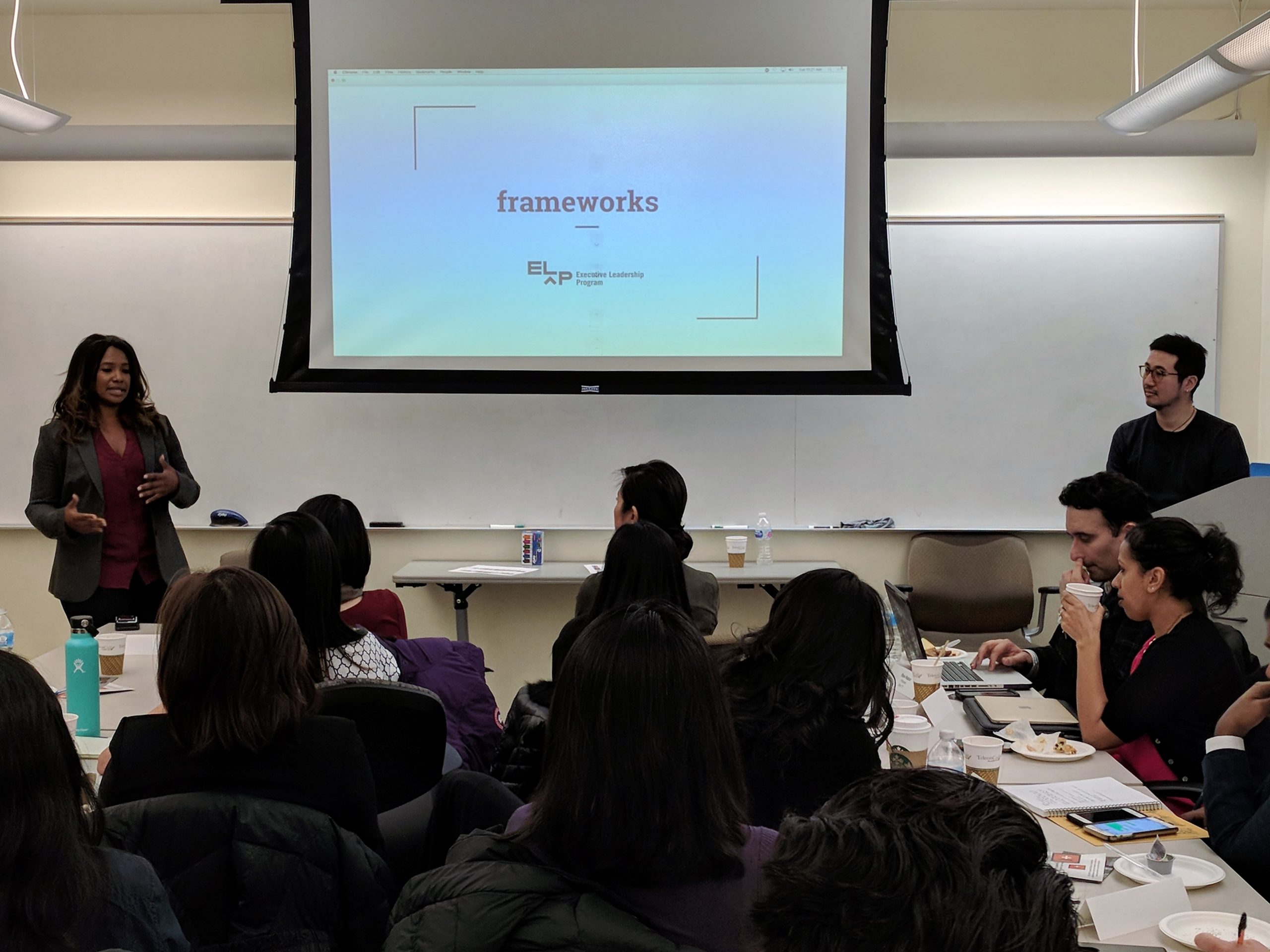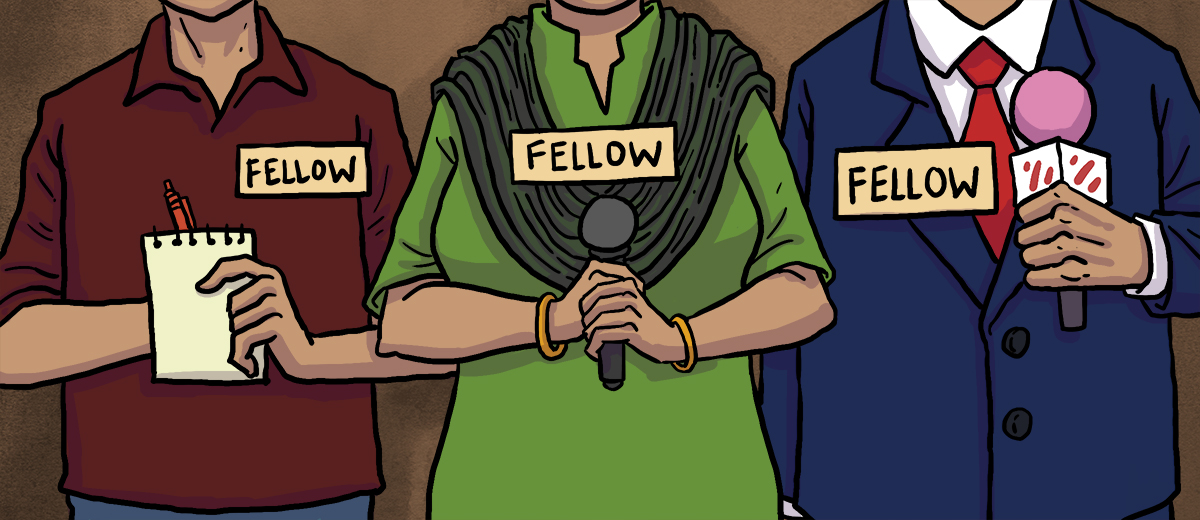As we mark one year since the tragic Atlanta spa shootings and two years since the beginning of the COVID-19 pandemic in the United States, the Asian American Journalists Association has updated our guidance on coverage of violence against Asian Americans based on input from AAJA’s Media Watch, Broadcast Advisory Council, and our membership at-large.
Violence Against AAPIs Continues and Deeply Impacts Our Communities
Since the onset of the COVID-19 pandemic, acts of violence towards AAPIs have not subsided. Unfortunately, we’ve seen increasing anti-Asian incidents; the Stop AAPI Hate Campaign recorded more than 5,700 reports of anti-Asian hate incidents in 2021, up from 4,599 in 2020.
Acts of violence have especially affected Asian American women, data show. The recent killings of Michelle Go and Christina Yuna Lee, as well as the killings of two Asian women in Albuquerque, continue to deeply affect AAPI communities across the United States. A new NAPAWF survey found 74% of Asian women respondents have experienced racism or some form of discrimination in the last 12 months; 71% reported feeling anxious or stressed due to fear of discrimination, harassment, or violence.
Newsroom Coverage Varies in Quality – and Commitment to Diversity
While some newsrooms’ coverage has acknowledged the important context and history of anti-Asian discrimination and violence, other newsrooms have not. We have observed that the coverage of anti-Asian violence widely varies in quality, and we urge newsrooms to be mindful of the complexities involving AAPI communities by including nuance and context in their stories.
We have also heard from members who have reported running into challenges in their own newsrooms as they pursue and pitch stories regarding anti-Asian violence. AAPIs are underrepresented in newsrooms across the country, especially in positions of power. That means many of our members are the lone voice — with little to no editorial authority — pushing for stories about the AAPI community. We urge newsrooms to seriously consider bringing to light these important and newsworthy stories.
At the same time, many of our members are also expected to speak on behalf of a diverse AAPI diaspora that encompasses some 50 ethnicities, often without acknowledgement or additional compensation. News managers and executives need to understand the unique burdens and expectations on their AAPI employees, and empower nuanced journalism about AAPI communities by supporting, trusting, and hiring more AAPI journalists.
AAJA Stands Ready to Empower AAPI Journalists and Narratives About AAPIs: Our Updated Guidance on Coverage of Violence Against AAPIs
Our updated guidance is even more relevant and urgent than ever. In this latest version, we address the continued violence and the dearth of accurate and contextualized reporting. We urge newsrooms to cover individual instances in the larger context of increased anti-Asian violence across the country.
With diversity still sorely lacking in newsrooms and among key decision-makers, many outlets are missing crucial perspectives that represent truthful experiences within AAPI communities. We hope increased diversity in newsrooms can lead to crucial coverage that is relevant to the fastest growing racial demographic in the nation.
AAJA stands with our AAPI journalists, who have been subject to violence and discrimination over the past year and as anti-Asian incidents have risen during the coronavirus pandemic. Many are experiencing compounding trauma while covering the violence. We uplift and acknowledge their dedication and resilience.
We acknowledge and commend the newsrooms who work hard to get this right, who have covered this with empathy and thoughtfulness, and who have built newsrooms that provide the support and resources, including sufficient safety and mental wellness resources, that retain and empower journalists of color.
SUPPORT AAJA AND OUR CONTINUED EFFORTS
In March 2021, AAJA released the following guides to aid journalists in this work to responsibly and accurately cover the news: AAJA Guidance on Atlanta Shootings & Anti-Asian Hate Incidents and the AAJA Pronunciation Guide for Asian Victims of Atlanta Shootings.
The response was overwhelming, and it was clear that journalists — and the general public — were in need of our guidance. We heard from many newsrooms and organizations outside of journalism that were able to use our advisories as a starting point for responsible discussions about these important events. Read more about our impact here.
The Asian American Journalists Association is proud to continue to support and build a better journalism industry for all and to empower AAPI ownership of our narratives across sectors. To support our work, please donate here.
PREVIOUS STATEMENTS ABOUT ANTI-AAPI VIOLENCE:
- AAJA Calls on News Organizations to exercise care in Coverage of the Coronavirus Outbreak (February 13, 2020)
- AAJA Condemns Anti-Asian Racism and Challenges Newsrooms to Prioritize Coverage of Anti-Asian Violence (February 11, 2021)
- AAJA-HQ commends journalists who have championed coverage of AAPI experiences during this period of increased anti-Asian incidents (March 16, 2021)
- AAJA Guidance on Atlanta Shootings & Anti-Asian Hate Incidents (March 17, 2021)
- AAJA Encourages Newsrooms to Empower AAPI Journalists and Their Expertise (March 18, 2021)
- AAJA Pronunciation Guide for Asian Victims of Atlanta Shootings (March 19, 2021)
- SAJA-AAJA Media Advisory on Coverage of Indianapolis Fedex Facility Shooting (April 22, 2021)




